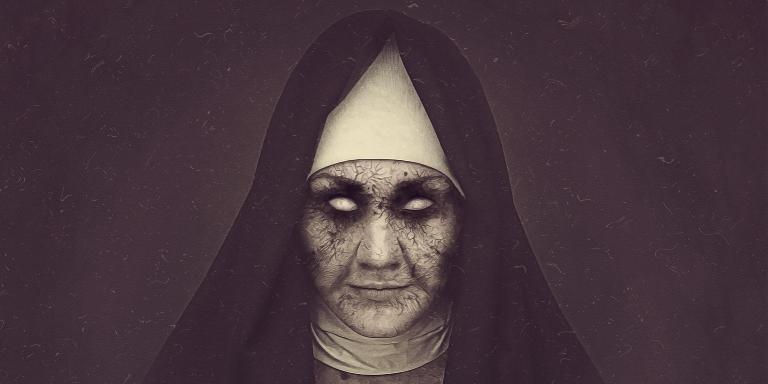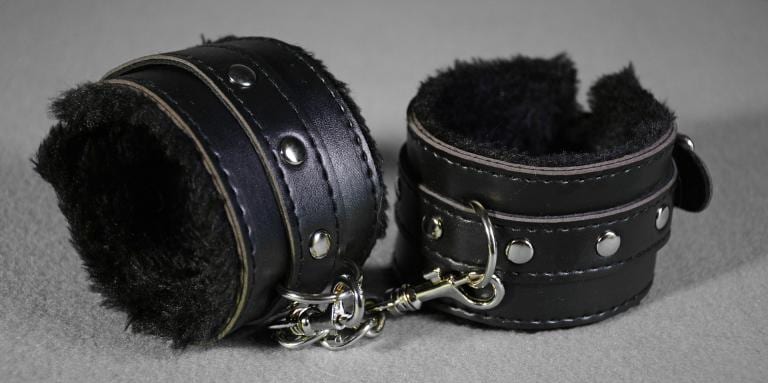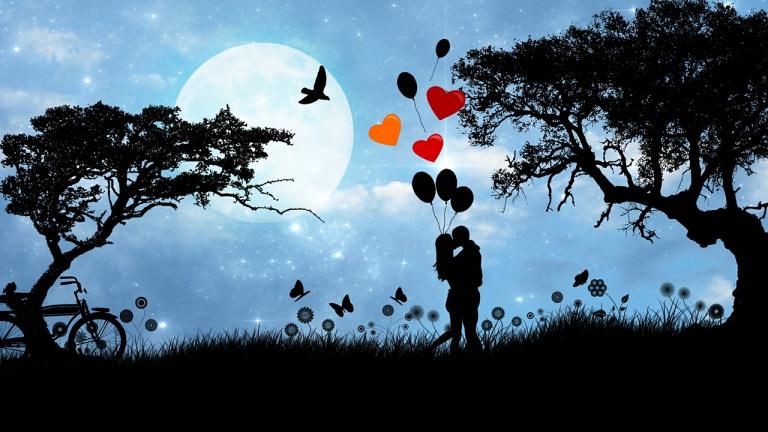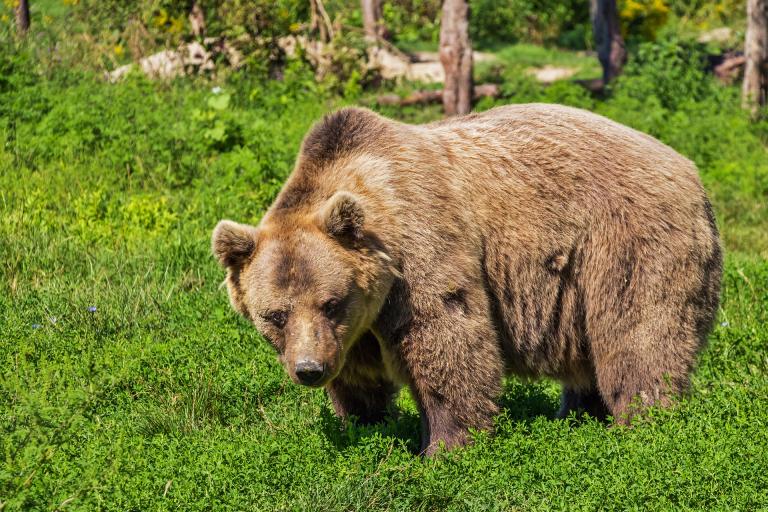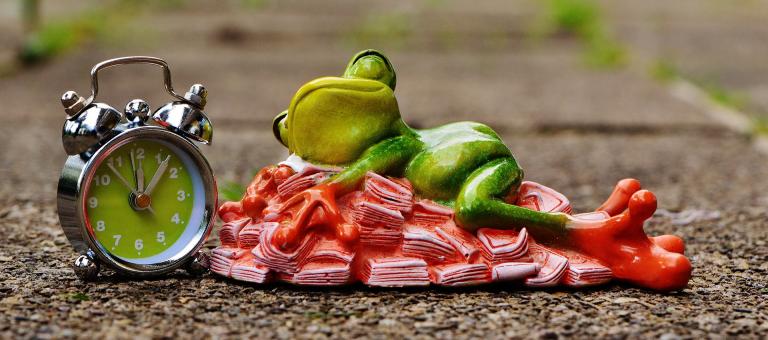Today, while watching a horde of crazy children, trying to conquer the laundry monster, and providing seemingly non-stop milk-on-tap to a toddler who thinks sitting on my head is a great nursing position, I’ve also been defending the zombie genre on FaceBook. Because, you know, one does.
I’m not only a horror fan, I’m also a horror writer. I even wrote a somewhat ridiculous Platonic dialogue about the ethics of having one’s face devoured by the undead. I like zombies. Not indiscriminately — I could only put up with so much of the souped up melodrama on The Walking Dead, and I thought Shaun of the Dead was frankly dumb (in spite of being a fan if both zombies and British humour). But zombies as a concept, I’m all for.
Now, as a Catholic I find that it’s pretty common to encounter people who are completely baffled by the idea that anybody would enjoy watching or reading contemporary horror. Some of these folks will make an exception for religious horror: blood, guts, vomit and demon-possessed children are all okay provided that by the end a priest shows up to do battle with the devil. Often, they have no problem with old horror: ghost stories, the original Dracula, Mary Shelley’s Frankenstein, Victorian gothic novels where white-clad virgins are locked up in decaying old mansions by creepy sadistic uncles. Provided the horror is burnished with a thick coating of dust and ideally a few specks of candle-wax, there’s no cause for suspicion.
Contemporary horror, on the other hand, must be explained. And armchair sociological theories about the popularity of zombies abound. For the most part, they go like this:
Step one – Identify whatever cultural trend is your biggest personal pet bugaboo.
Step two – Find some way that zombies could be a metaphor or symbol for this problem.
Step three – Explain the popularity of zombies as a symptom of cultural decay.
It’s easy. For example, say that you really hate pornography. Okay, well zombies are death porn: the culture is exhausted with erotic imagery, so it turns to thanatos instead. Abortion? Zombies are our collective nightmare of all of the children that have been murdered coming back to life and devouring the mothers that devoured them. Consumerism? Zombies are exactly like people on Black Friday soullessly fighting over children’s toys – they even “consume” brains and there was that one zombie movie that was even set in a mall. Rugged individualism? Well, the entire zombie genre is really a way of justifying the feeling that one is in a survivalist struggle against innumerable others who aren’t really human.
You can do it with pretty much anything. Xenophobia. Misogyny. Racism. Promiscuity. Drug culture. You name it. Give it a try, it’s kind of fun.
Of course, these explanations really just amount to “I hate zombie fiction, and I also hate x. Zombies are popular right now, and so is x. Coincidence? I think not!” They have no actual explanatory power because they’re more about the person who comes up with the theory (generally someone who has a pretty limited knowledge of the zombie genre) than with the actual motivations of horror fans.
In reality, the reasons why people like zombies are pretty varied. I talked a bit about my own theory (which is largely based on why I watch zombie movies) in a previous post. But the truth is that zombies are actually popular because they successfully integrate a number of timeless horror tropes into a single iconic monster.
1. The Dead Return: The fear that the dead will come back, overrun the living, and wreak terrible destruction on all of us is hardly new. The ritual placation of ancestral spirits is a nearly ubiquitous feature of older human societies, and in many cultures you have rituals to prevent the dead from coming into the world of the living and causing havoc on particular days. Stories of the dire fate that awaits those who go abroad, or fail to make the correct offerings have always abounded.
2. The Face of Death: Anthropomorphised images of death are perennially popular. Whether in the form of an animate skeleton, or a soulless vampire, or a disembodied ghost, undead creatures who attack, frighten or prey upon the living are pretty much standard fare in horror. We find them in myths, legends, fairy tales, paintings, novels, and of course now also in movies and on TV. When represented in this way, death is almost invariably difficult or impossible to stop or contain, it’s relentless, and even when it is defeated the defeat is always temporary and conditional.
3. Undead Hordes: The idea of being completely overrun by dangerous and irrational creatures against whom you have no defense is scary. For obvious reasons.
4. Dead Flesh: Cannibalism has been a central part of our most horrific stories going back (at least) to when Tantalus fed Pelops to the gods. From the tragedies of Seneca, to Shakespeare’s Titus Andronicus, to The Silence of the Lambs, humans (or humanoids) eating manflesh have been creeping us out for millennia.
5. Apocalypse of the Dead: Finally, the idea of the complete destruction of an entire civilization, and of having to try to survive amid the ruins, has a lot of horrific crunch. We know that things like this have happened in the past: the destruction of Jerusalem by Vespasian, the repeated sackings of Western Europe by the Vikings, the smallpox epidemic that swept through indigenous North American communities, etc. We know it’s happened in the past, and we have a very natural fear of it happening again.
Of course fear is the essence of the horror genre. Through horror we confront our fears, we grapple with them, we maybe make peace with them, and to a certain extent we revel in them. Like any other emotion, fear is actually quite pleasurable provided we get to enjoy it in a safe, controlled way. For some people a ride on a Ferris wheel, a walk across a dark field at night, or a ghost story around the campfire on a chilly evening is sufficient. Horror fans prefer their adrenaline in somewhat higher doses.
And zombies deliver. Not only do they appeal to all of the distinct fears that I mentioned above, but they are also quite versatile in terms of the types of dread that they can be used to evoke. A well done zombie movie can include everything from jump scares, creeping horror and visceral revulsion to existential dread and moral terror. Basically, it’s a complex fear cocktail with a lot of different ingredients that work together to (ideally) leave you feeling shaky, hyper-alert and deliciously creeped out.
Image credit: pixabay
Stay in touch! Like Catholic Authenticity on Facebook:

